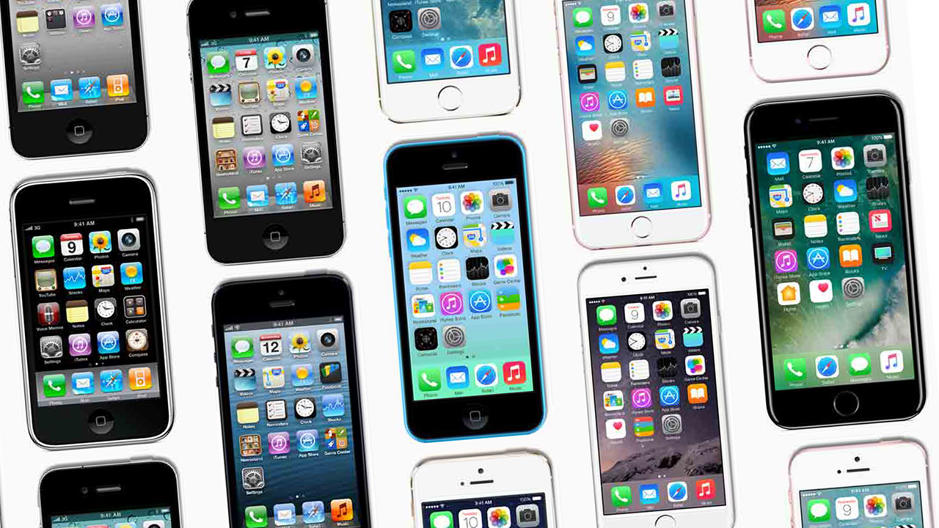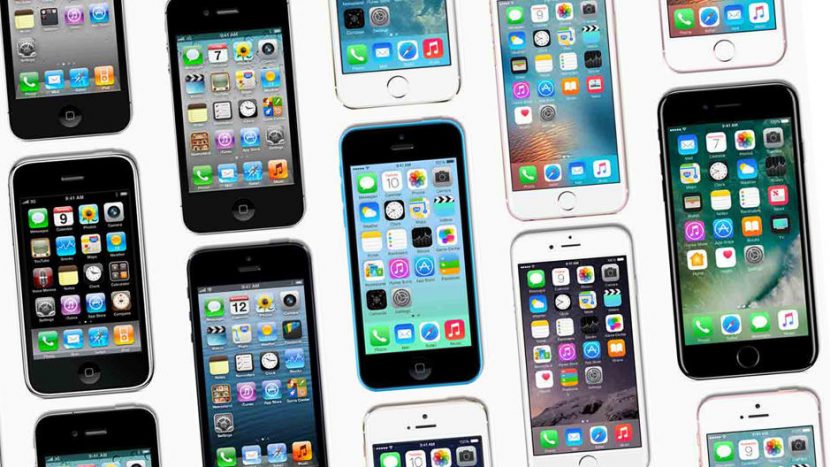Apple is intent on packing the top-of-the line phone with new features and wrapping it in fresh design themes.

A special 10th-anniversary edition of the iPhone is expected to be the ultimate iPhone, and it’ll come with a price tag to match—very likely north of $1,000, says a source with knowledge of Apple’s plans.
The price tag isn’t very surprising considering that the 256GB version of the iPhone 7 Plus sells for $969, and the new iPhone 8 is expected to be packed with many more features—including a new OLED display, which is said to look great and stretch across the whole front of the phone, according to our source, but will probably cost Apple roughly twice as much as the LCD display used in current iPhones. The new phone is also likely to get a memory upgrade from the current iPhone 7 line and, our source points out, memory is relatively expensive now due to the strong dollar.
The new 5.8-inch phone will probably be called the iPhone 8, but some believe Apple will call it the (far cooler-sounding) “iPhone X.”
The new phone will look something like a smooth black monolith, with few visual interruptions to its sleek design. (It’s not hard to imagine the promo video: The mysterious black monolith floats slowly through space—a single letter “X” above it.)
Along with the 5.8-inch iPhone 8, Apple is expected to release a 4.7-inch model (likely called iPhone 7s) and a 5.5-inch model (likely called iPhone 7s Plus), according to reports confirmed by our source. Only the iPhone 8 is likely to have an OLED screen, the others with LCD displays as KGI Securities analyst Ming-Chi Quo wrote in November.
Several sources tell Fast Company that Apple has been tying up much of the available OLED display manufacturing capacity in the marketplace at the expense of smaller phone makers. That marketplace is very small. Only Samsung and a couple of Asian upstarts make the OLED displays, our source says, and only Samsung’s displays meet Apple’s quality requirements.
The 5.5-inch iPhone and the 5.8-inch iPhone are expected to each have dual-lens cameras, like the iPhone 7 Plus before them.
As rumored, the sides of the iPhone 8 will likely be made of forged stainless steel, a less expensive material than the aluminum used in current iPhones. The back of the iPhone 8 is expected to be made of glass rather than metal, our source says, confirming previous reports.
Apple has been working to remove the physical Home button from the iPhone, our source says, relocating it underneath the display surface. It would become a button to touch, not press. Our source says the technology is still “evolving” but that Apple is likely pushing hard to get the new Home button into the iPhone 8, which it hopes will be the most feature-rich iPhone ever.
There’s even a chance that the physical buttons on the sides of the iPhone may go away, our source says, replaced by touch-sensitive inlays in the metal.
Our source says Apple has been working with Lumentum (formed when JDS Uniphase split in 2014) on 3D-sensing technology for the new high-end phone. It remains unclear how the technology will be applied, however. It could be used to recognize the user’s face for authentication. It could also be used in the camera to provide better image resolution. It could even be used in some form of augmented reality application, according to our source.
The iPhone 8 is expected to have a far bigger battery than the current iPhone 7 line, but its exact size remains unclear.
Intel scored a big win by getting its modem chips inside some of the iPhone 7s, and the company’s new 7480 LTE modem will likely go inside some of the new phones as well. Qualcomm is also expected to supply the modems for some of the phones. Apple selected the vendors for the RF technology in January, our source says.
But don’t believe those recent rumors that Apple is accelerating its manufacturing schedule for this year’s phones, says our source, who has seen no evidence for that among suppliers. At the start of the year, Apple does manufacturing test runs of up to 100,000 iPhones. This can be a burden for suppliers, our source points out, because Apple often demands free parts for the devices in the test runs. Full production of the newest iPhone typically begins in May and hits full stride in August.
Apple is expected to announce its new phones in the fall and begin selling them shortly thereafter, as usual.
And, as usual, it’s worth noting that Apple can change the features and specs in an upcoming phone at any time, even late in the production cycle. So while the above preview describes the iPhone 8 as it likely exists today, some features and specs could change before launch day.
Source: Fast Company
Like Parallel Space on FacebookGet Parallel Space on Google Play
